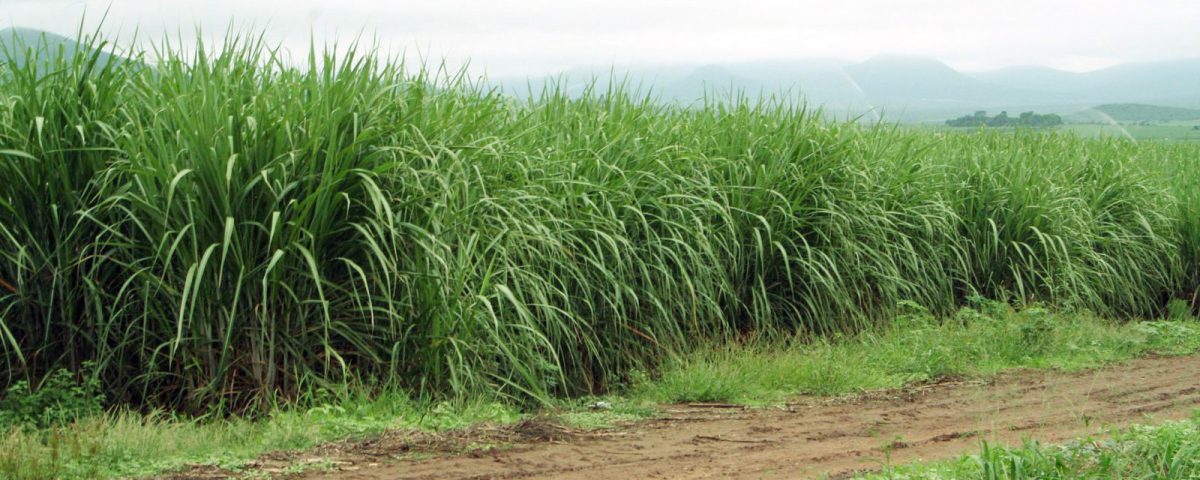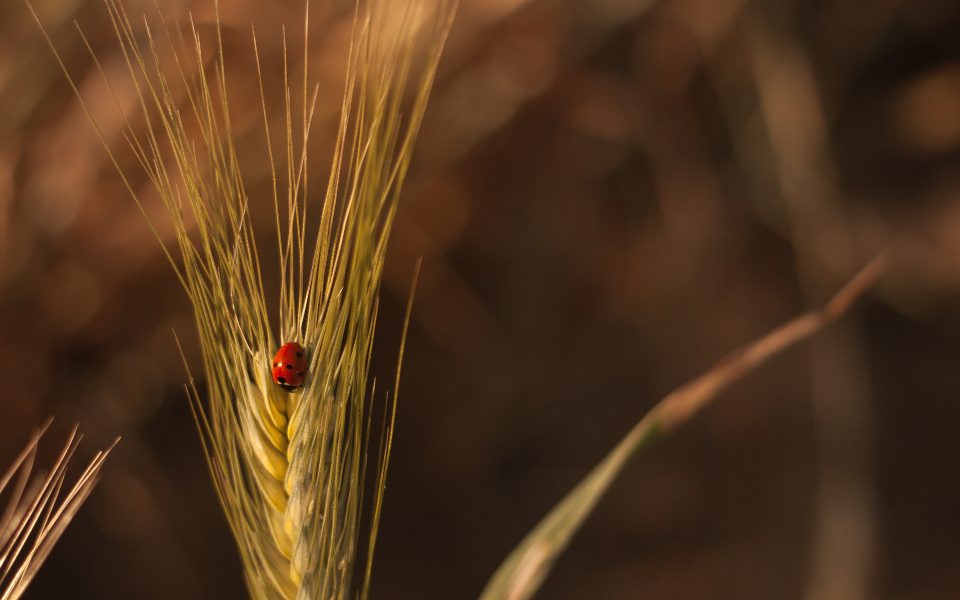Sugar tax millions should be used for diversification in the industry

Nitrogen efficiency in crop production vital to save cash and the environment
October 8, 2018
What commercial farmers can expect from the agricultural census
October 12, 2018
It seems only right that a tax that originates from the sugar industry should be applied to explore ways to enable this huge employer of South Africans to keep up the good work.
There has been heated debate between those who call for higher “sin taxes” and those who blame increased taxation for the recession. The Health Promotion Levy or “sugar tax” has been highlighted and questions are being raised about whether this new tax will really change South African dietary habits (Can higher taxes help the economy?Daily Maverick, 17 September).
But the real question is what is being done with the tax that is being collected – close to R800-million already since implementation on 1 April, according to Mpho Legote, Treasury’s director for VAT, excise duties and sub-national taxes. The potential good that can be achieved by investing this huge (and growing) amount correctly is very exciting to contemplate.
South Africa’s sugar industry employs 80,000 people directly and indirectly provides a livelihood for 350,000 others – and the impact of this tax will be felt all along this supply chain, if it has the government’s desired effect and reduces the demand for sugar.
So far the government has not acted decisively in supporting diversification, which is the way of the future when it comes to sugar. Sugarcane is an enormously versatile crop that can potentially deliver much more than sugar to sweeten food and drinks; so a reduced demand for sweetened drinks need not spell disaster for the industry. Sugar cane has multiple potential uses, from ethanol to industrial chemicals and electricity generation, and the industry has the potential to become a booming job-creator.
Click HERE to view full article.



